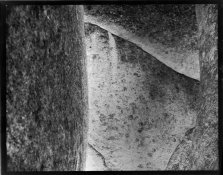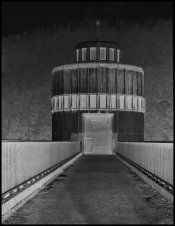Hi everyone,
I’ve actually a lot of negatives which looks great as a negative and I’m thinking about if it’s possible to print what is exactly on the negative without turning it into positive. I’ve never used a scanner nor I own one, which would make the process easy and the other way I’m thinking of is to take a macro photo of the negative itself so I can print it out after I developed that negative but it seems a bit long process and I might loose from details/quality, though I don’t know to be honest. Also the latter might involve a lot of other processes like how to give the negs backlight so it is well prepared and so on. Sorry I’m just thinking loudly.
Is there any way to sort this out?
I’ve actually a lot of negatives which looks great as a negative and I’m thinking about if it’s possible to print what is exactly on the negative without turning it into positive. I’ve never used a scanner nor I own one, which would make the process easy and the other way I’m thinking of is to take a macro photo of the negative itself so I can print it out after I developed that negative but it seems a bit long process and I might loose from details/quality, though I don’t know to be honest. Also the latter might involve a lot of other processes like how to give the negs backlight so it is well prepared and so on. Sorry I’m just thinking loudly.
Is there any way to sort this out?





